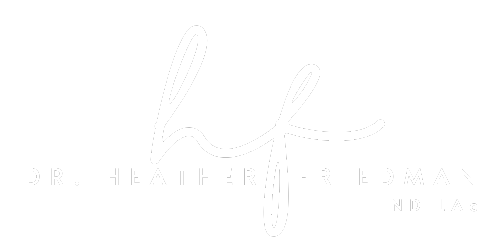
The Blog
Fall into Winter for Optimal Skin
This week’s topic is inspired by the recent daylight savings change and the seemingly ‘sudden’ shift into winter with shorter and darker days. It’s almost reflexive to reject the change however through observation and a bit of adaptation, I believe we set ourselves up for better health. This week I point out three observations from nature and how we can live in accordance during this season. The week’s topic is inspired by my formal Chinese medicine training where it is believed that by harmonizing oneself with the seasons, you can stay healthier and prevent disease.
The Mini Lip Fill Treatment in Portland Oregon
New service alert! I am proud to introduce the Mini Lip Fill treatment, the perfect service for first-timers, or someone who just wants a little. The Mini Lip Fill is customized to each client’s goals and we can upgrade to the full syringe if you decide you want more within one month of your original treatment. While the lips are sensitive, worry not, because I make sure you are comfortably numb before injections begin.
Fall into Winter: Microneedling, PRP, and Peels
Collagen and elastin are essential protein fibers in the skin that give support and elasticity. As we mature, these fibers break down and can cause wrinkles. Regenerating the skin’s collagen and elastin helps give you a more youthful appearance. Collagen also plays a role in scaring, like happens from acne. Skin remodeling can have an important role in the improved appearance of scarring.
Common Questions Answered: Dermal Fillers
Over the past three years, I have performed hundreds of dermal filling services and as of this writing, I average about 10 fill treatments a week. The most popular areas to treat with filler include: lips, cheeks, chin, nasolabial folds, jawline, and under eye area.
Common Questions Answered: Botox Cosmetic
On average, I perform about 20 neuromodulator treatments per week, with three years of injecting experience and I use Botox Cosmetic 99% of the time (Dysport 1%).
Vitamin B12 Injections: Who, What, Where, When
Back in the day when I first started practice, my dear friend Dr. Kasten and I held a B12 Happy Hour once a week. This quickly became a sought-after event, and while COVID shut the happy hour down, B12 injection remains a service I offer. This week I discuss what vitamin B12 is, who is most susceptible to deficiency, and its benefits.
Connecting Acupuncture and Botox
As you may know, I am formally trained in Chinese Medicine. During a neuromodulator treatment (ie Botox or Dysport), we needle common acupuncture points. This week we learn about acupuncture, common points treated with Botox, and why we use these points.
5 Ways to Reduce Toxins in Your Food and Drink For Healthy Skin
We have learned that what we put in our body can be reflected through skin health. Adhering to a clean diet abundant in fresh foods and vegetables for fiber, clean proteins, and minimal sugar supports the body’s natural detoxification process and elimination of toxins. Minimizing our sugar intake is super important here because our body becomes less efficient and detoxification and elimination (1).
Nutrition Status and the Skin
The status of our nutrition can be seen through the skin. In fact, nutritional deficiencies often first appear on our skin. Nutritional deficiencies can stem from both vitamin and mineral deficiencies (micronutrient) as well as carbohydrate, fat, and protein (macronutrient). You are more likely to have a nutritional deficiency if you adhere to a restrictive or inadequate diet, drink alcohol excessively, or have digestive issues.
Treating Wrinkles and More with Skinpen Microneedling
Fall is around the corner and the season for resurfacing treatments like peels and microneedling are here! I am proud to have invested in the Skinpen, the world’s first FDA-cleared microneedling device. Integrating microneedling treatments into your self-care regimen will rejuvenate your skin, address uneven skin tone, and facial acne scarring .
Heathy Blood Sugar, Youthful Appearance
There are two ways to assess food’s impact on blood sugar: the glycemic index (GI) and glycemic load (GL). GI measures the impact of a carbohydrate-containing food on blood glucose levels. Ideally, we eat low GI foods so that only small fluctuations in blood glucose are produced. Examples of low GI foods include: legumes (ie soy, kidney, beans, lentils, chickpeas), nuts (ie almonds, walnuts), seeds (ie pumpkin, flax, sesame, most intact grains (oat, barley, spelt), and most vegetables and fruits (ie peaches and berries).












